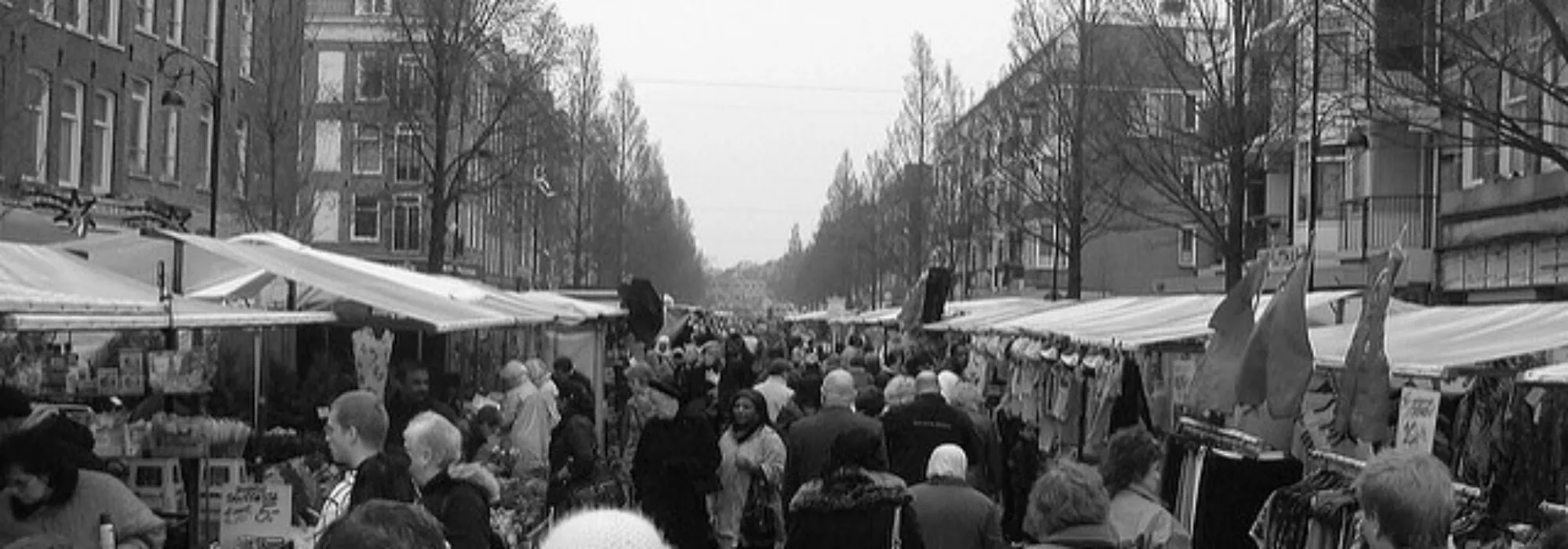
Ethnic diversity in the Netherlands is increasing. Urban areas have traditionally been the most diverse. Growing ethnic diversity at the national and regional level does, however, not necessarily translate into multicultural neighbourhoods in cities. At the neighbourhood level, concentration of specific ethnic groups seems to be the more dominant trend. This evokes the question whether ethnic background plays a role in residential location choice in cities or whether other factors play a more decisive role. In recent research we looked at whether the number of people with a Dutch, Turkish, Moroccan or Caribbean background in Amsterdam and The Hague that moved from one neighbourhood to another, is larger if more people with the same ethnic background live in the new neighbourhood than in the old neighbourhood.
In our research we assume that people choose a residential neighbourhood in the city by comparing the different neighbourhoods and choose the most attractive neighbourhood. The relative attractiveness of a neighbourhood is an important fact because it can inadvertently be affected by policy choices, for example through urban renewal projects or the construction of new neighbourhoods in neighbouring towns. If urban renewal leads to changing demographics of the neighbourhood, this potentially affects the attractiveness of all neighbourhoods throughout the city.
We take into account that other factors may impact the size of mover flows. Housing prices, the presence of social housing, and the number of children in a neighbourhood which serves as an indicator for the ‘suitability’ of the houses and neighbourhood for families with children, are obvious factors. The model we use shows that most people move between neighbourhoods that are alike, meaning between neighbourhoods that are close, both in a geographical and a socio-cultural or economic sense. The number of people moving between two given neighbourhoods is smaller if these neighbourhoods are further apart, and if the difference between the average housing prices of the two neighbourhoods is larger. However, we also find that the number of people with a certain ethnic background that move between two neighbourhoods is greater if more people with the same background are living in the new neighbourhood. If we look at the magnitude of the effects, this tendency is rather important and at least as strong as income-related factors. These results apply to all ethnic groups in our research, including people with a Dutch background. Because the group with a Dutch background is by far the largest ethnic group in both Amsterdam and The Hague and other ethnic groups are much smaller, it is not immediately clear whether this observed pattern will lead to more spatial segregation. Geographical concentration of one of the smaller ethnic groups in a neighbourhood does not necessarily lead to segregation at neighbourhood level. The location choice of the ethnic Dutch group is therefore likely to largely determine the level of diversity that will be observed at the neighbourhood level.
Jessie Bakens
Raymond Florax
Peter Mulder
Read the full paper
January, 2017